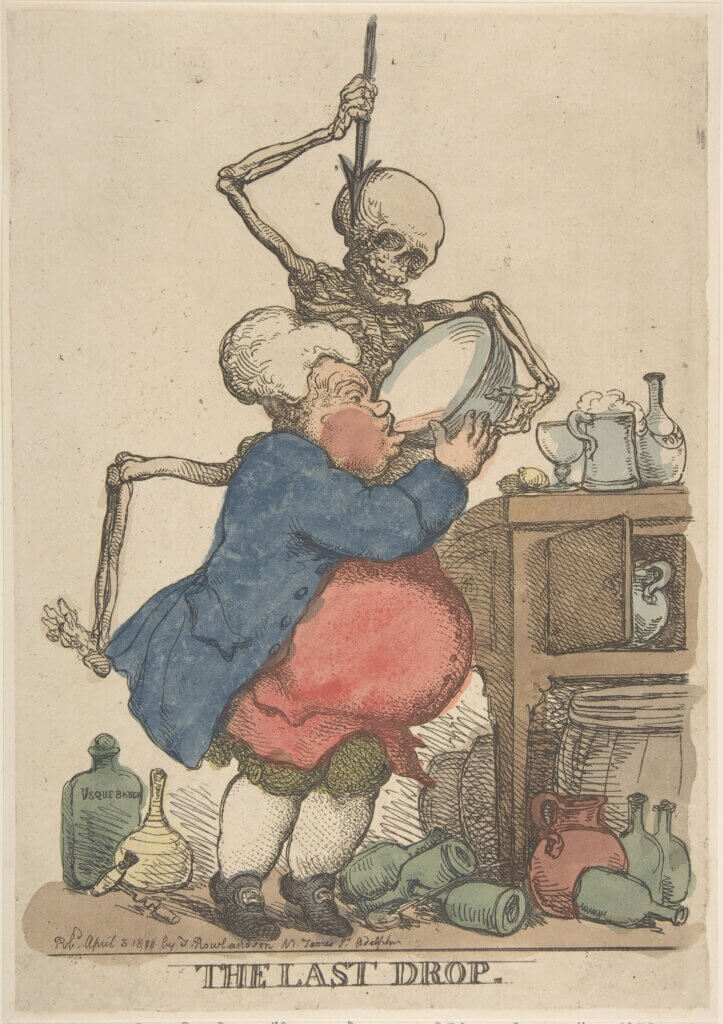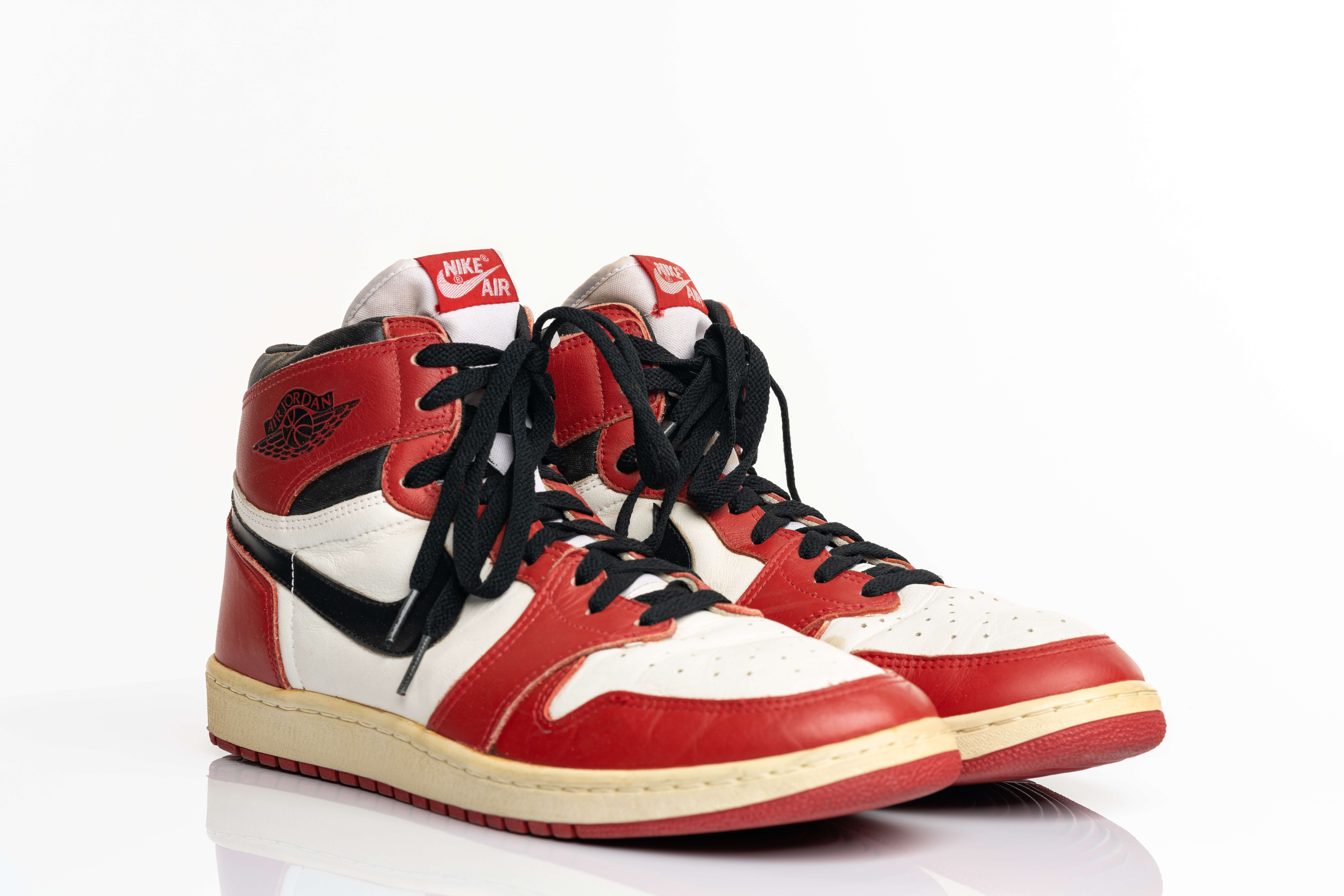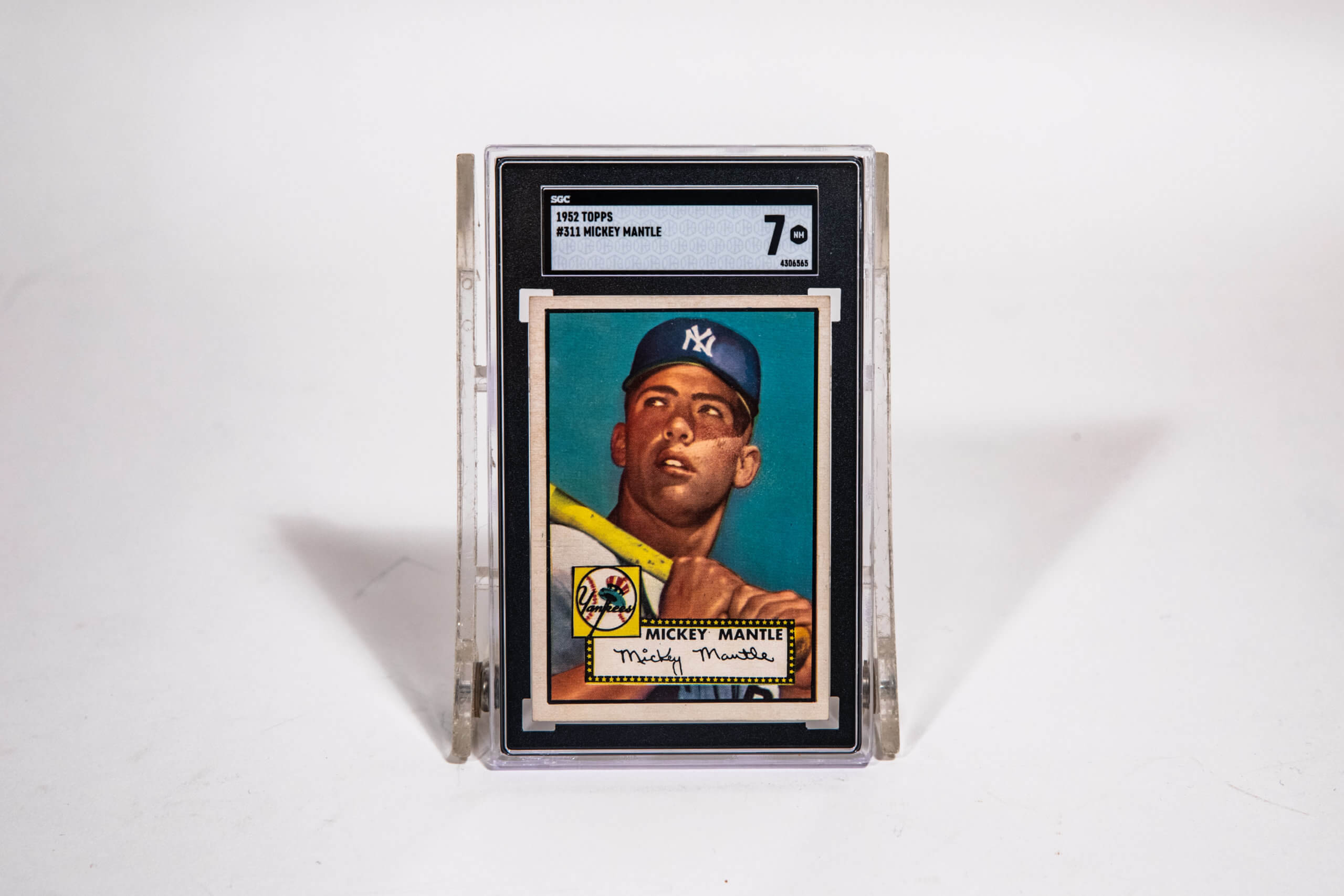Blog > Stories
The ‘38 Macallan Red Ribbon: A Stubborn Life
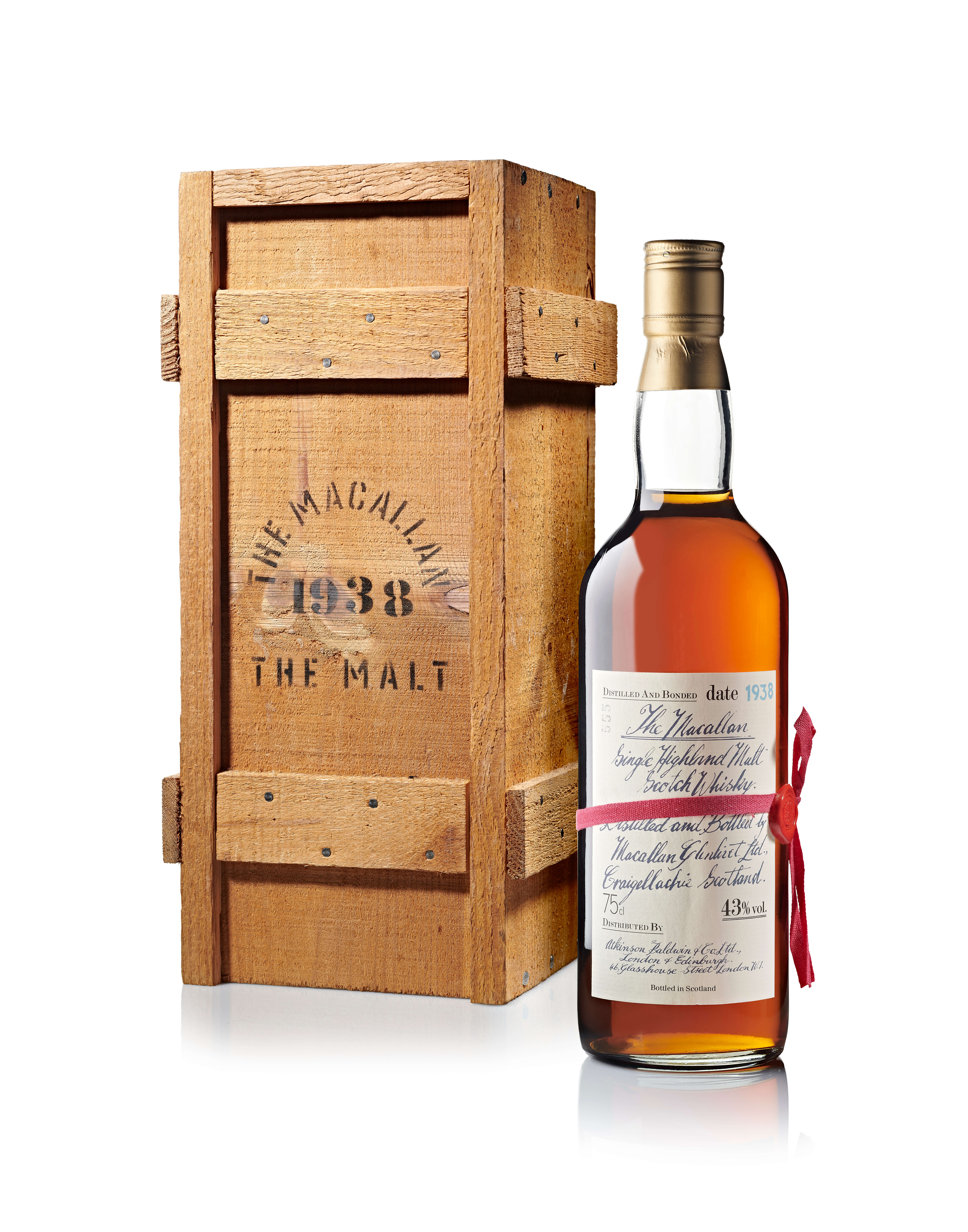
Blog > Stories
The ‘38 Macallan Red Ribbon: A Stubborn Life

1824: Too Legit To Quit
While rumors that an illicit distillery had been operating where Macallan now stands since the 1700s, the world famous distillery we know today was founded by Alexander Reid, a barley farmer, as the Elchies Distillery. Barley farming lent itself very easily to distilling. During winter months, when farming came to a halt, surplus barley would be fermented, and the cold water of winter would cool the stills in production. Reid’s operation was a success.
NOTE: Macallan age-gates all of their YouTube videos, even the ones without actual drinking, but the one below is worth watching for the jaunty fiddle and very cool animated etchings. Nothing NSFW, promise!
Modern Mangement
The distillery changed hands after Reid’s death in 1847, and then again in 1868. It was taken over by James Stuart, who rebuilt the quite modest-sized operation, which was again modernized by new owner, Roderick Kemp, in 1897. It is this iteration that was given the name Macallan-Glenlivet.
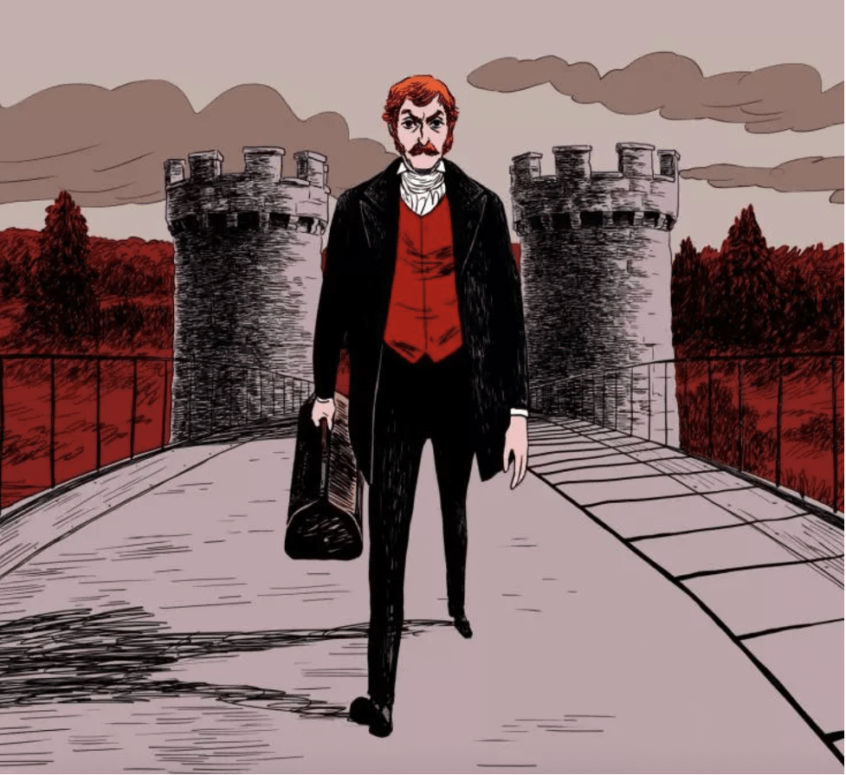
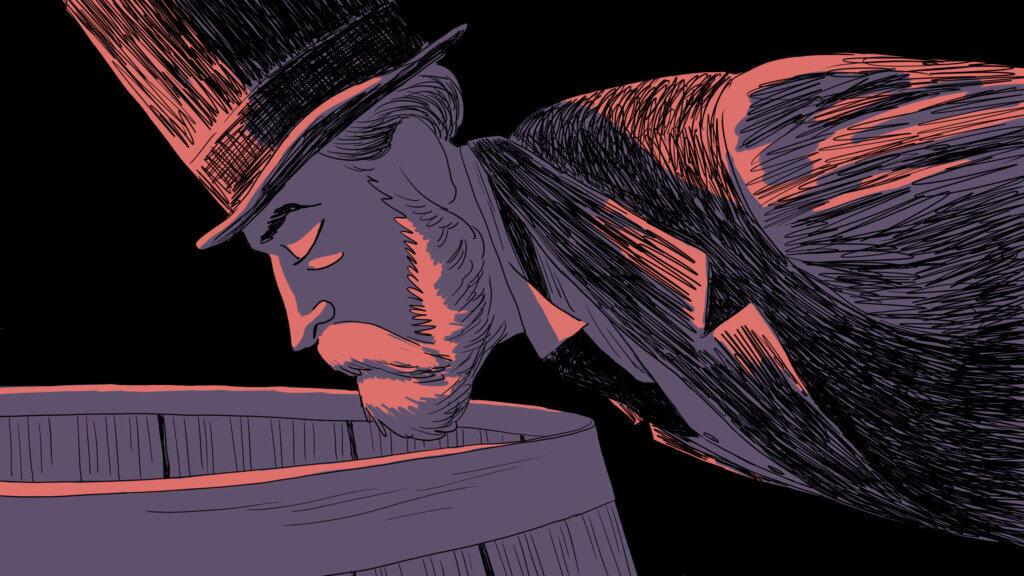
It is also in this era that Scotch whisky saw enormous growth, as Scotland began exporting the drink to the US and other parts of Europe. In 1880, phylloxera devastated European vineyards, and wine production suffered. Scotch whisky distillers capitalized on the moment, and Scotch quickly became the most enjoyed spirit in Europe, stealing the title from brandy, which was produced in France. It seemed nothing could stop the growth of whisky; it even survived the US’s prohibition, being granted an exception as doctors often prescribed whisky to patients. This good fortune would last up until the late 1930s, when WWII loomed.
In these boon years, Kemp had the forethought to set up a trust, ensuring the distillery would remain in the hands of his family members, which it did until 1997. What Kemp could not have foreseen was how vastly the Scotch whisky landscape would change.
